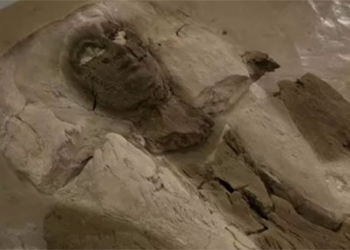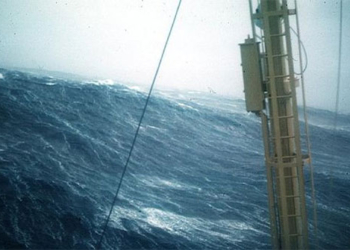Scientists nearly paid with their lives while exploring the “Lost City of the Monkey God” hidden deep in the jungle.
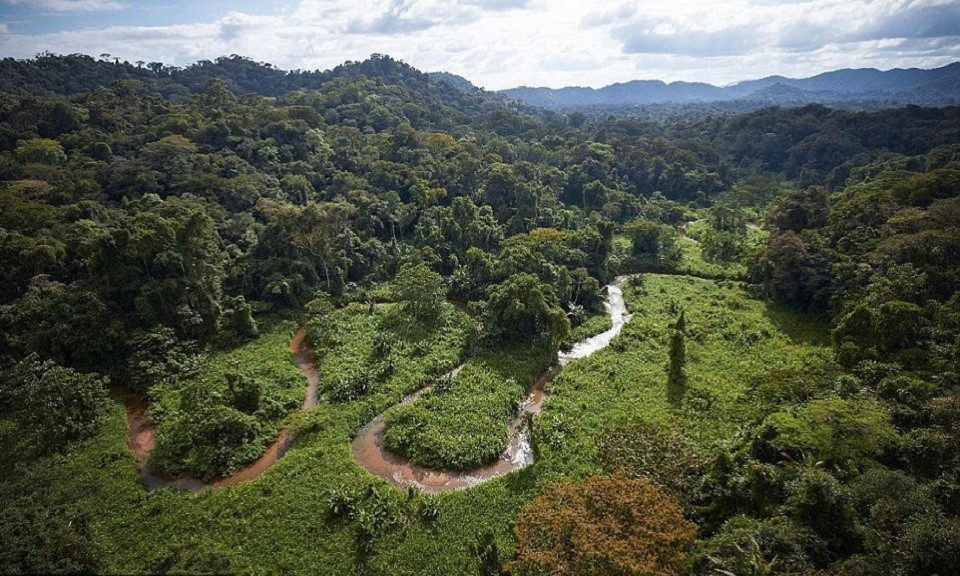
An international team of explorers and archaeologists faced a deadly disease as they ventured into a dense jungle covering nearly 52,000 square kilometers between Honduras and Nicaragua in search of the “Lost City of the Monkey God”, also known as the “White City”, CBS reported on January 8. (Photo: Grand Central Publishing).
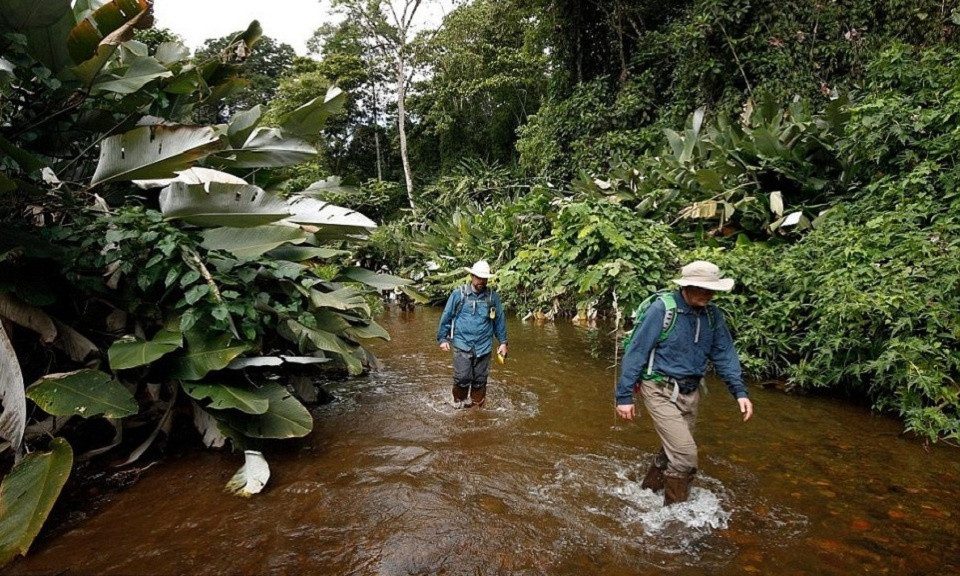
According to legend, in the 16th century, residents abandoned the city believing it was cursed. In reality, their city was invaded by Europeans, leading to disease and enslavement. After hundreds of years, explorers hoped to uncover the ruined remains of the ancient metropolis and the artifacts left behind by the fleeing inhabitants. Given that the city lies deep within the jungle, the search required immense perseverance. It is also one of the last places on Earth yet to be explored by scientists. (Photo: National Geographic).
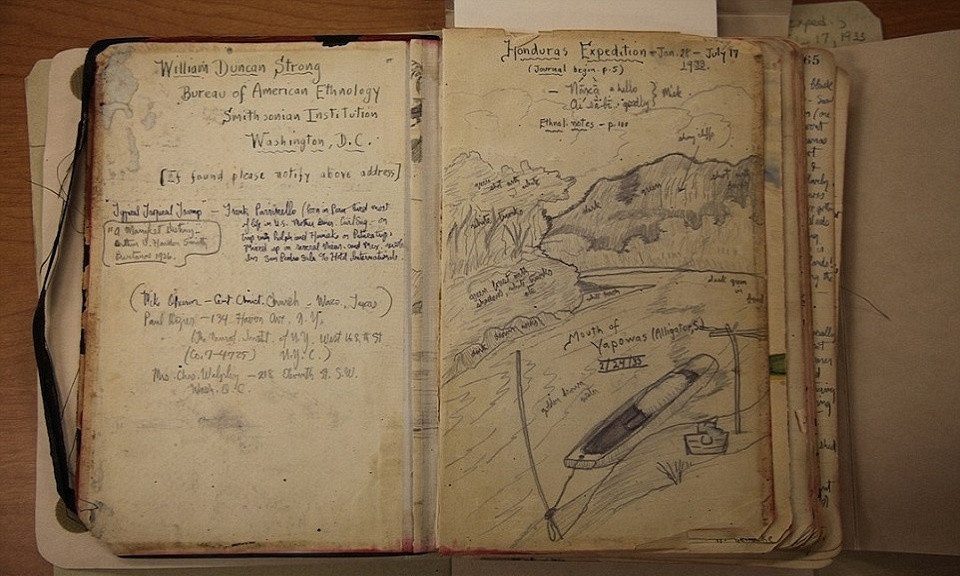
Writer Douglas Preston, explorer Steve Elkins, and documentary producer Bill Benenson utilized advanced technology to pinpoint the mysterious city. They operated a laser imaging device mounted on an old Cessna Skymaster plane to scan hundreds of kilometers of jungle over several days, penetrating the dense canopy to map the ground below. The information was then converted into a 3D model on a computer, helping researchers identify rectangular structures. (Photo: Smithsonian Institute).
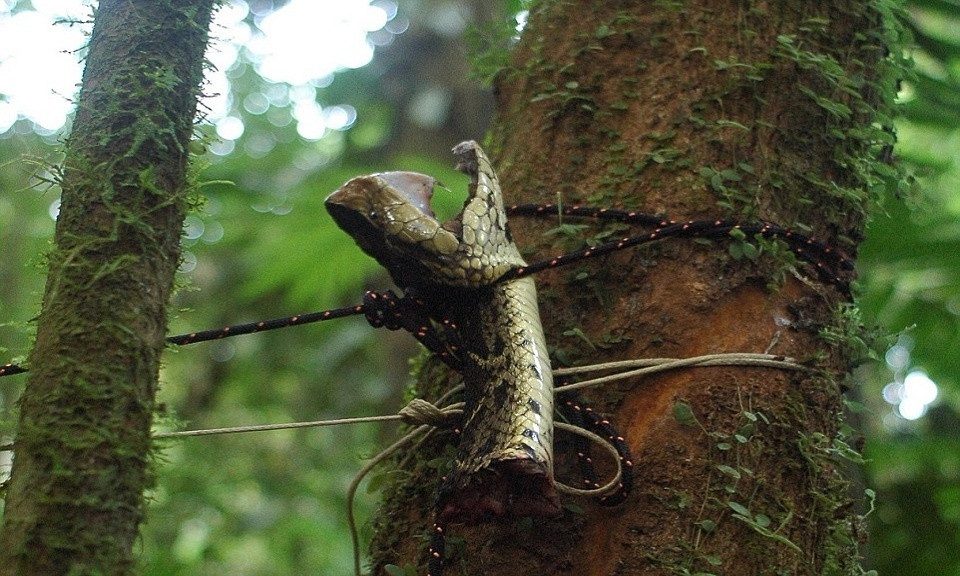
However, to accurately locate the city, the research team had to trek through the jungle after three years of planning. Not only did they have to navigate through thick vegetation and treacherous terrain, but they also faced the risk of disease, injury, or even death from wildlife. (Photo: CBS News).
A venomous snake slithered into their camp at midnight. Andrew Wood, a former soldier and jungle combat expert, swiftly killed the creature. “He stabbed it, but the snake’s body exploded at that moment, sending venom everywhere,” Elkins recounted.
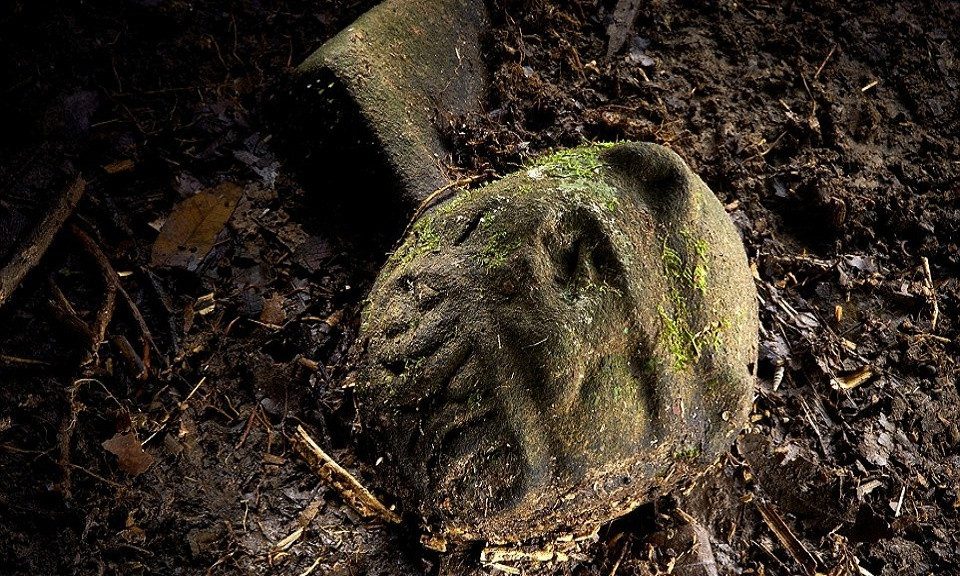
The research team found the city, but dense foliage obstructed their view of the foundations of a massive pyramid there. They discovered carvings that confirmed they were indeed in the City of the Monkey God. “Someone shouted that there were strange stones over here. We turned around, and the first thing I saw was the head of a jaguar with bared fangs carved on a stone protruding from the ground,” Elkins recalled. (Photo: National Geographic).

After the research team left the jungle, some members were found to have contracted a deadly disease caused by Leishmaniasis, a parasite transmitted through sandfly hosts. “The parasite invades the mucous membranes of the nose and mouth and consumes them. Your nose and lips will fall off. Your entire face will become a painful, gaping hole,” Preston explained. (Photo: CBS).
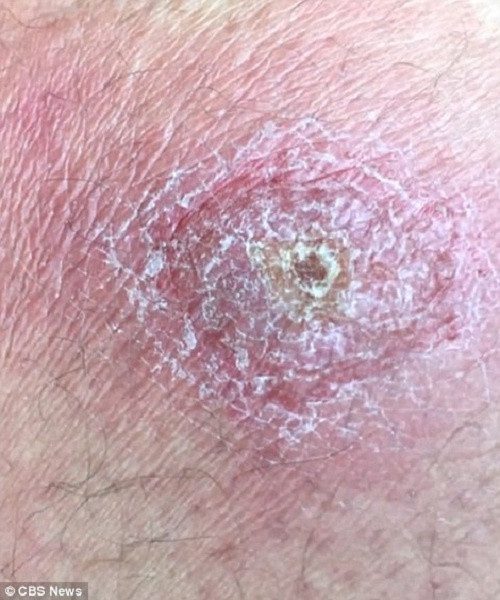
Elkins and Benenson did not get sick, but about half of the team required treatment for the disease. Side effects from the treatment for the parasite included vomiting, cramps, and neurological effects. (Photo: CBS).
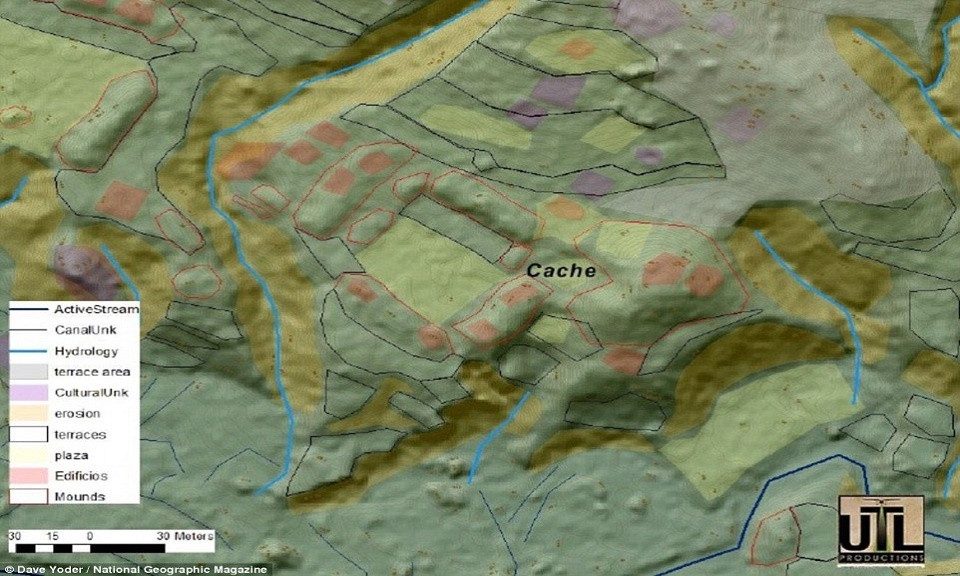
The threat from the disease, along with the dangers associated with the jungle, prevents the research team from returning to the ruins in the near future. (Photo: National Geographic).








































